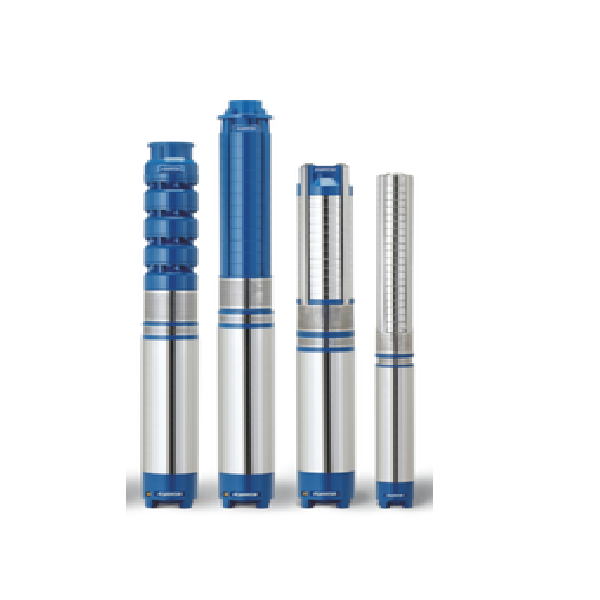Submersible Pumps: A Powerful Solution for Water Pumping
Submersible pumps are designed to operate underwater, making them ideal for applications that require pumping water from deep wells, reservoirs, or other submerged sources. They are widely used in industries such as agriculture, mining, and domestic water supply.
Key Features of Submersible Pumps:
Waterproof Construction: Submersible pumps are sealed to prevent water ingress and ensure reliable operation in underwater environments.
High Efficiency: Many submersible pumps are designed for energy efficiency, reducing operating costs.
Versatility: They can be used in a wide range of applications, including water supply, irrigation, and wastewater treatment.
Quiet Operation: Modern submersible pumps often feature quiet operation, making them suitable for residential and commercial use.
Types of Submersible Pumps:
Centrifugal Pumps: These pumps use centrifugal force to move water, making them suitable for high-volume pumping applications.
Vortex Pumps: These pumps create a vortex to lift and transport water, making them suitable for handling abrasive or fibrous materials.
Progressive Cavity Pumps: These pumps use a rotating screw and stator to move water, making them suitable for high-viscosity liquids.
Applications of Submersible Pumps:
Water Supply: Pumping water from deep wells for domestic, agricultural, or industrial use.
Irrigation Systems: Supplying water for irrigation of crops and gardens.
Wastewater Treatment: Pumping wastewater for treatment and disposal.
Mining: Pumping water from mines and underground excavations.
Aquaculture: Operating equipment in underwater environments, such as pumps and aeration systems.
Benefits of Using Submersible Pumps:
Efficiency: Submersible pumps are often more efficient than other types of pumps, reducing energy consumption.
Reliability: They are designed to operate in harsh underwater environments, ensuring reliable performance.
Versatility: Submersible pumps can be used in a wide range of applications.
Safety: They eliminate the need for external pumps and piping, reducing the risk of leaks and accidents.
Choosing the Right Submersible Pump:
When selecting a submersible pump, consider the following factors:
Flow Rate: Determine the required flow rate based on the application and the volume of water to be pumped.
Head Pressure: Consider the height the pump needs to lift the water.
Water Source: Determine the type of water source, such as a well or reservoir.
Motor Power: Choose a pump with a suitable motor power to meet your needs.
Environmental Factors: If the pump will be operating in harsh conditions, such as corrosive water or high temperatures, choose a pump with appropriate resistance.






Reviews
There are no reviews yet.